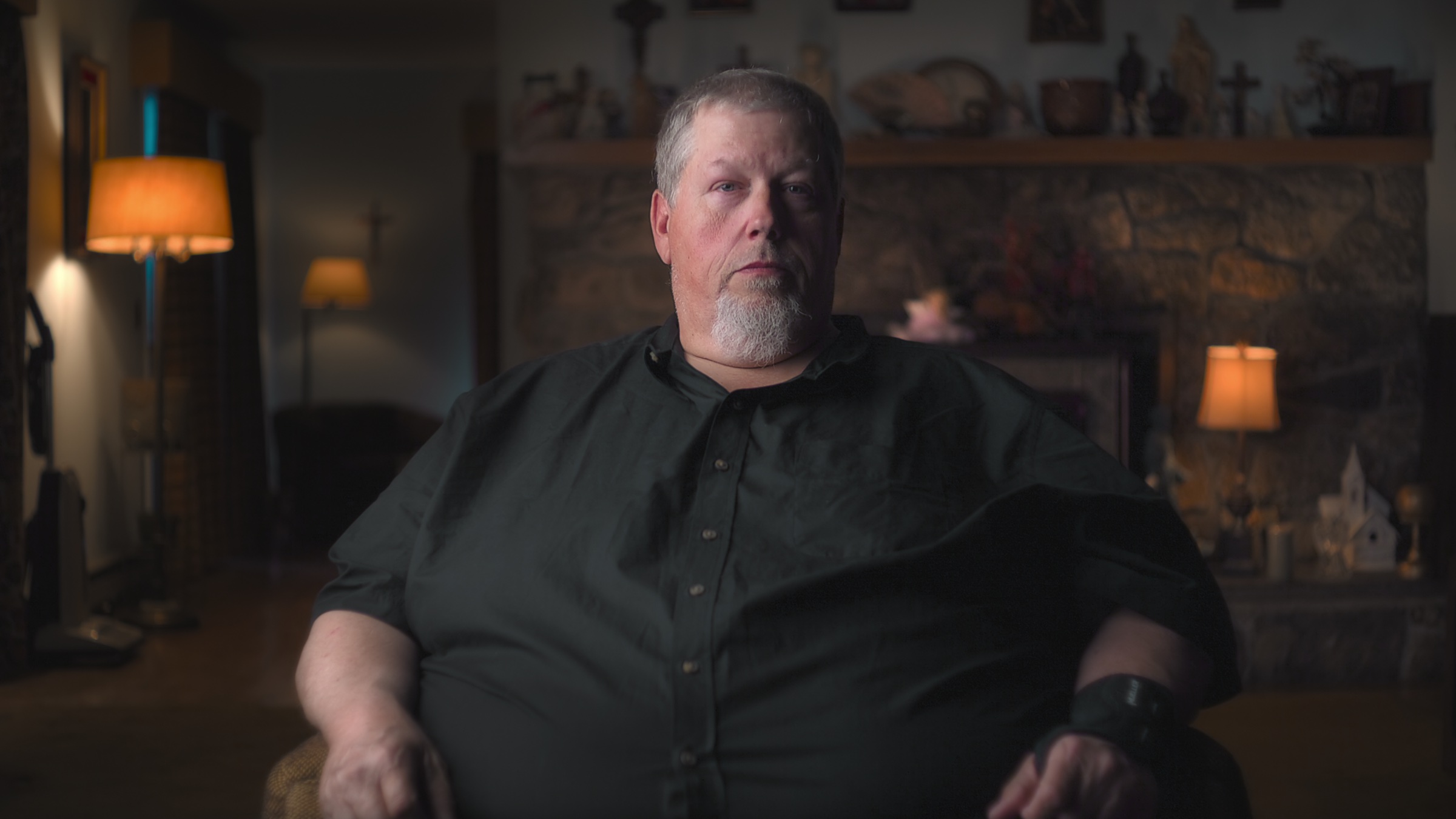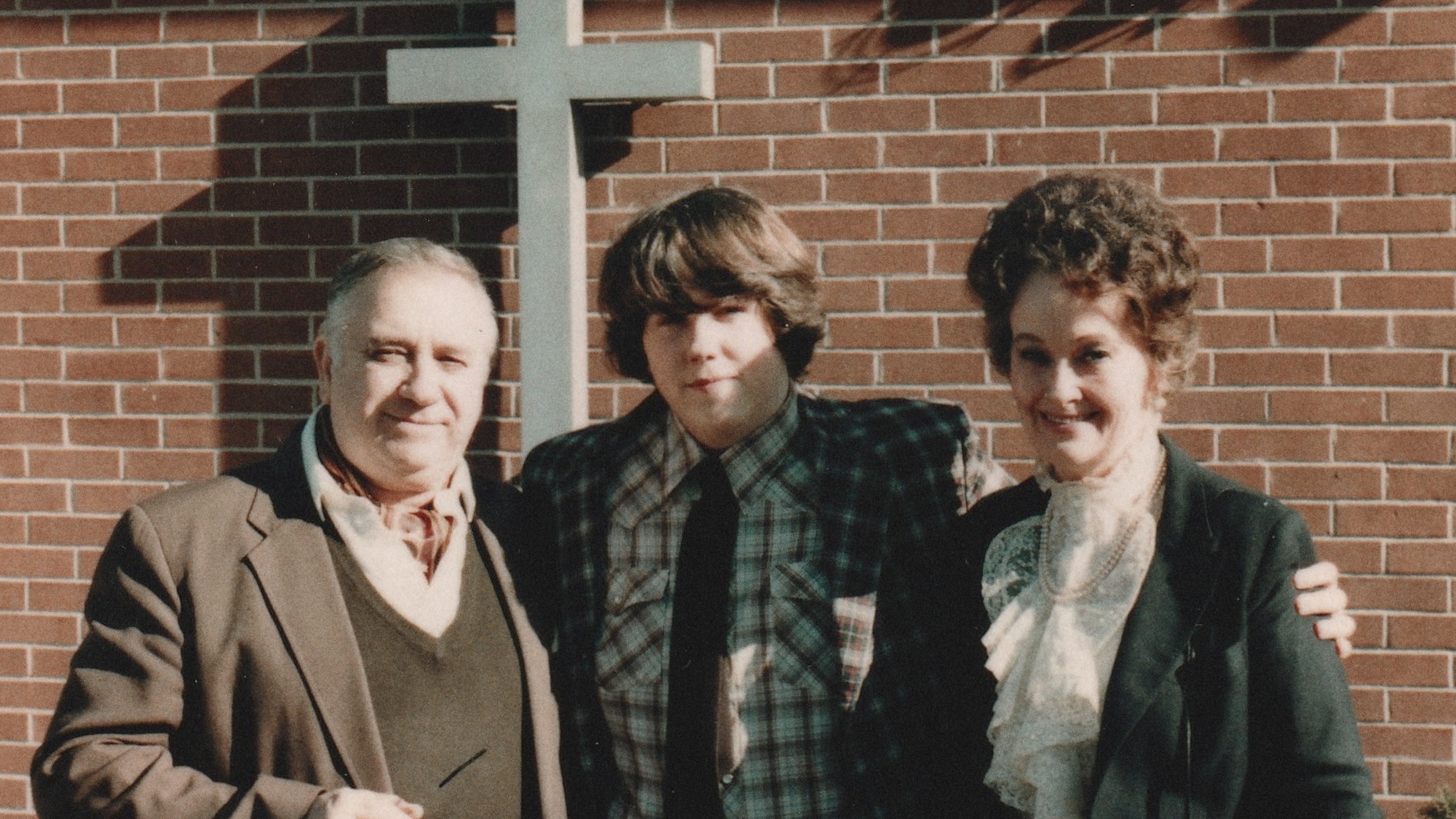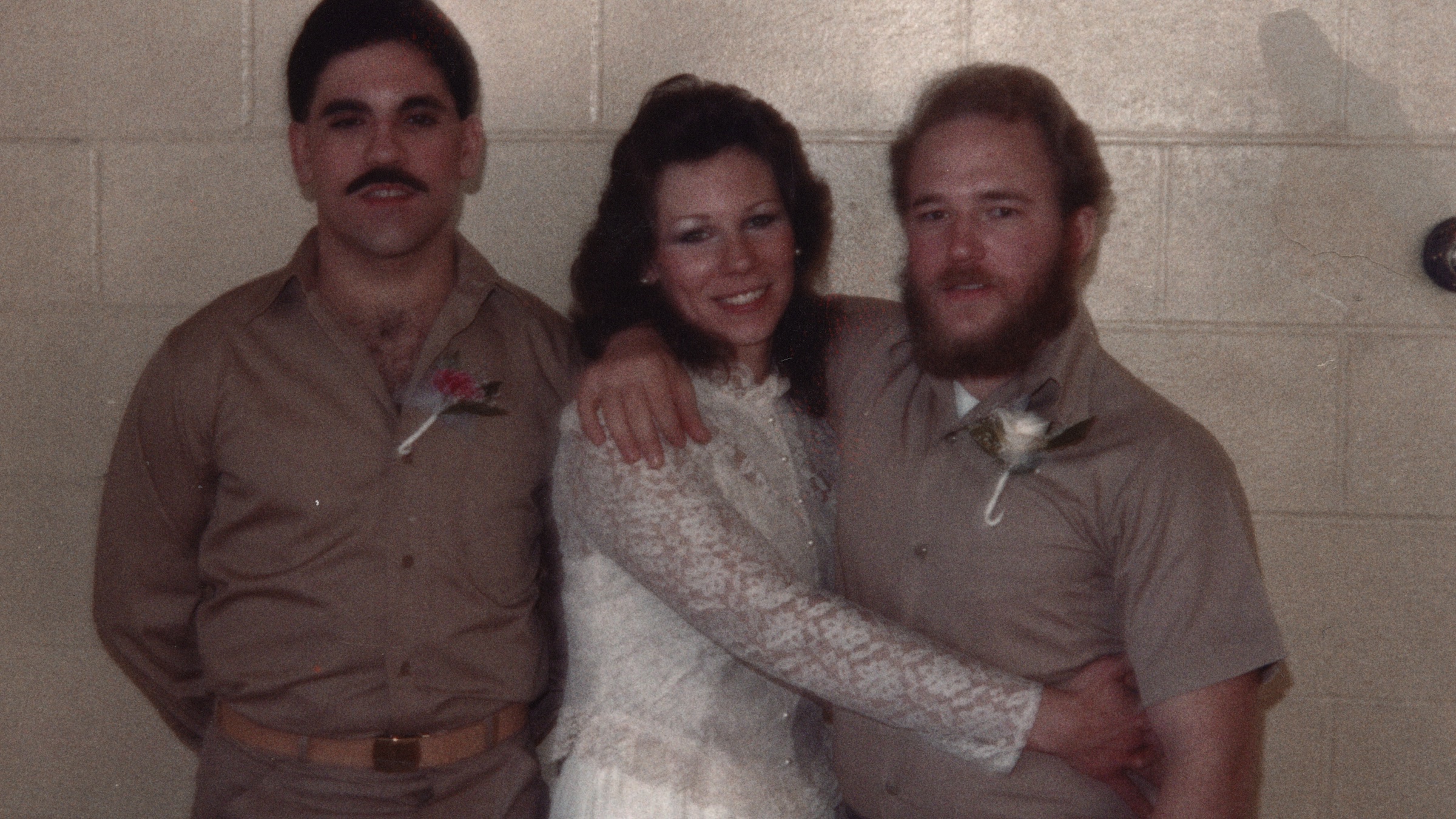Netflix has billed its new horror documentary, The Devil on Trial, as the first and only time demonic possession was used as a defense in a U.S. murder trial. In that case, however, the judge ruled that it was not an acceptable defense, and that he would not permit any evidence related to possession.
The trial, which took place in 1981 in Brookfield, Conn., became known as the “Devil Made Me Do It” case and drew national attention when 19-year-old defendant Arne Cheyenne Johnson attempted to deny responsibility for the killing of his landlord, Alan Bono, based on claims of possession.
The Devil on Trial, out this month on Netflix, includes new audio recordings and photographs of the alleged possession, as well as fictional reenactments and interviews with Johnson and his brothers-in-law: David, Alan, and Carl Glatzel.
“There are people who tell lies,” director Chris Holt told Netflix. “But I sat down with David and Arne and Alan and Carl, for hours on end, and their stories never changed. I think they were telling me the truth — but it’s their interpretations of the truth rather than it being a hardened fact. But they believed—and I believed—what they were saying is truthful.”
Arne Johnson's case
Once the judge threw out all evidence related to possession, the defense found it increasingly difficult to argue the case. Johnson’s sisters had been at the scene of the crime when it happened, and they had signed police statements saying that they had seen Johnson stab Bono. (Bono was stabbed four times.)
Still, to this day, Johnson maintains his innocence. “I’ve never hurt anybody,” he says in the documentary. “Never. And I said, ‘There’s no way I did this. You got the wrong person.’” The detective who processed Johnson after the stabbing said that he seemed not to be able to recall anything about the killing.
Eventually, Johnson shifted gears and pleaded self-defense, aiming for a manslaughter charge instead of murder in the first degree. The jury would eventually rule in his favor, charging him with manslaughter in the first degree. He was sentenced to 10 to 20 years in a maximum security prison.
“I believed in the story, I believed in the defense,” says Johnson’s attorney, Martin Minnella, in the documentary. “And I also believed there probably wasn’t another lawyer in the state that would represent him with this defense.”

Where David Glatzel fits in the possession narrative
Much of The Devil on Trial, however, focuses on another character: David Glatzel, the youngest brother-in-law of Arne Johnson. (At the time of the killing, Arne had not yet married David’s sister, Debbie, but was very close with the family.)
Glatzel says that, in 1980, when he was 11, he was possessed by the devil, which he first encountered in Arne and Debbie’s new house. “It looked like the devil from a Halloween costume,” he says in the documentary. “His eyes were black, solid black, just like a chunk of coal, and it scared me.”
This experience would eventually lead to what David, Arne, Alan, and Carl characterized as full-scale demonic possession. The brothers’ mother, Judy, eventually called Ed and Lorraine Warren, paranormal investigators who were made famous by the Amityville Horror incident. Together, Judy and the Warrens secured an exorcism from the Catholic Church.
When it appeared that David was struggling during the exorcism, Arne intervened. “I yelled at this thing to the top of my lungs,” he says in the documentary. “I said, ‘Leave this little kid alone. Take me on. I’m here. Take me on.’ I felt this coldness come over me, ice cold. Lorraine said, ‘Oh my God, what did you do?’”
The Warrens and most of the Glatzel family believe that the entity that was supposedly possessing David then migrated into Arne. Five months later, they say, it resurfaced, took over Arne’s body, and killed Alan Bono.
The oldest Glatzel brother, Carl, disagrees. “The murder of Alan Bono, I never even thought it was connected to David,” he says in the film. “There’s nothing demonic in this. Arne was very possessive of Debbie. There was speculations and rumors that Debbie was having an affair with Arne Bono.”

How The Devil on Trial relates to The Conjuring franchise
After the trial, Ed and Lorraine Warren hired an author, Gerald Brittle, to write David and Arne’s story. “Ed said, ‘Make it scary,’” Carl says in the film. “And [Gerald] goes, ‘But I checked with the people, and they said this didn’t happen.’ Ed goes, ‘Make it scary. People come to us. They buy scary.’”
That became the 1983 book The Devil in Connecticut, which in turn was the inspiration for the 2021 film The Conjuring: The Devil Made Me Do It. At the time, the Glatzel parents received $4,500 for selling their story. The Warrens received more than $81,000.
“Lorraine told me I was going to be a rich little boy from having this book deal,” David says in the documentary. “And that was a lie. The Warrens made a lot of money off of us. If they can profit off you, they will.”

The Devil on Trial's grim conclusion
In 1985, Arne Johnson and Debbie Glatzel got married in prison. Arne was released a year later, after having served five years, for good behavior. The pair stayed together until Debbie’s death in 2021.
But the four Glatzel siblings are scattered and rarely keep in contact. After his parents’ death, Carl was sorting through their belongings when he found a note from his mother: “Well, the family had their medicine tonight, and everything was good.” He believes that she had been drugging the rest of the family with Sominex, a sleep aid, by putting it in their food.
“But Sominex has long-lasting effects on people,” Carl says. “Mood swings, weight gain, and hallucinations. It is very possible that my brother David has ingested enough of this stuff over the years, where he did see things. Or at least he thought he saw things.”
More Must-Reads from TIME
- Introducing the 2024 TIME100 Next
- The Reinvention of J.D. Vance
- How to Survive Election Season Without Losing Your Mind
- Welcome to the Golden Age of Scams
- Did the Pandemic Break Our Brains?
- The Many Lives of Jack Antonoff
- 33 True Crime Documentaries That Shaped the Genre
- Why Gut Health Issues Are More Common in Women
Contact us at letters@time.com